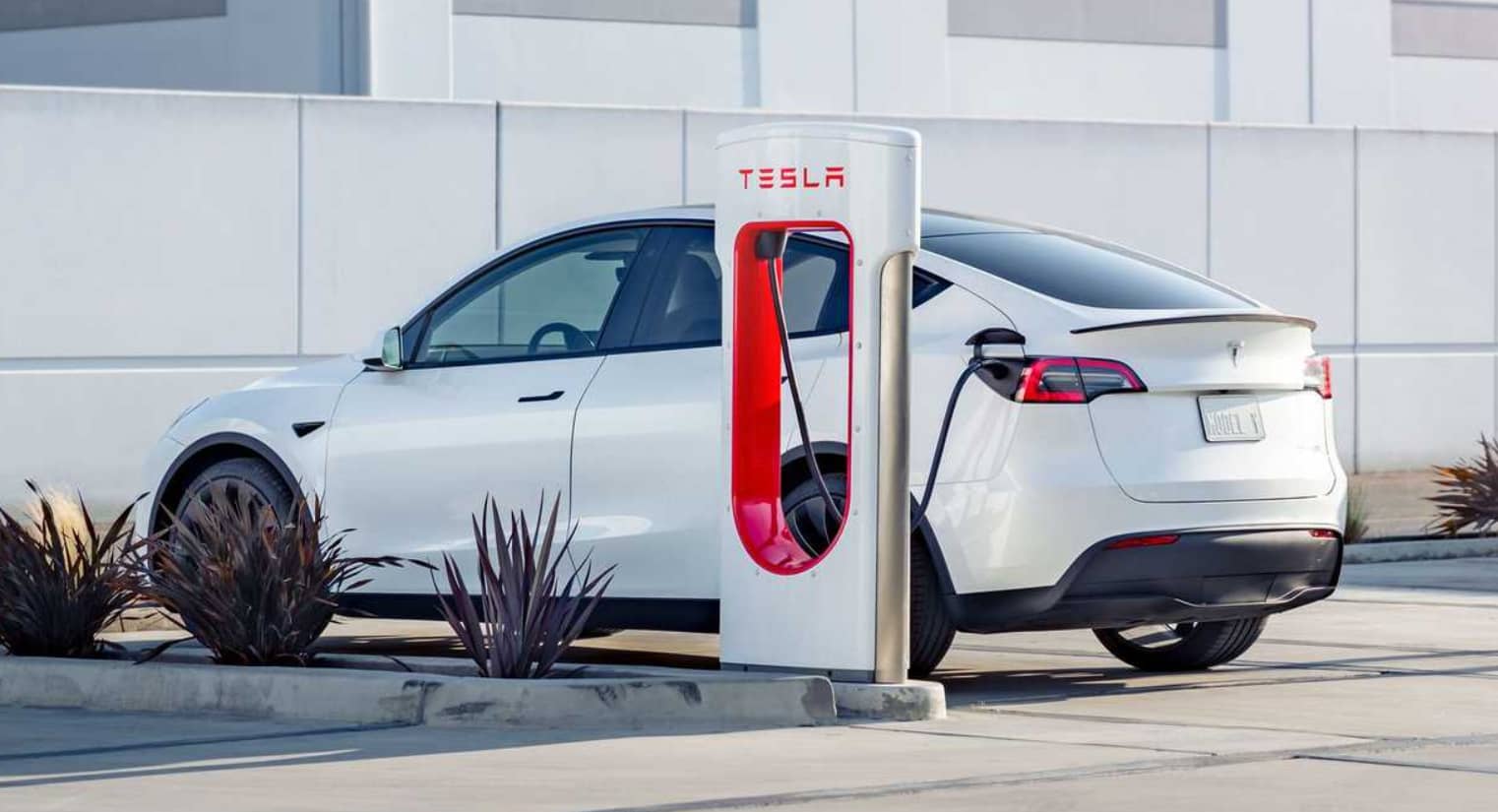Purchasing an electric vehicle is an exciting milestone, but charging your new car at home requires some planning. Installing a home EV charger is a significant investment that involves careful consideration of your needs, costs and electrical capacity. Here is a comprehensive guide on optimal timing and key factors to weigh when deciding when to buy and install a home charging station.
Experts universally recommend buying and installing your home EV charger when you order your electric car or immediately after purchase. This ensures you have a fully operational charger ready upon delivery of your new EV.
The installation process for home chargers can take weeks or even months. Electric utilities must approve all installations and may require electrical upgrades before permitting charger installation. With over 1 million EVs now on US roads, qualified installers are in high demand, so lead times are increasing. Planning ahead locks in both product availability and timely installation.

Like any major purchase, assessing the costs and benefits of a home EV charger is essential. Key factors to consider include:
Home EV charger units range from $400-$1000. Professional installation costs typically range from $800-$2000, including permits. Some homes require electrical upgrades like panel replacement, which can add $2000-$5000 to the project cost.
Home charging is far cheaper than public charging. Home electricity rates average 10-15 cents/kWh, whereas public DC fast charging costs 31-43 cents/kWh. With advanced smart chargers, you can leverage time-of-use rates as low as 9 cents/kWh for overnight charging.
Home charging ensures you start each day with a full charge. No more hunting for available public chargers or waiting in line during peak times. Just plug in at home each night.
Demand for home chargers will continue rising over the next decade. Lock in equipment and installation now before lead times get longer.
Analyze your driving needs and electricity costs to determine if benefits outweigh the upfront investment. Financial assistance like electric utility rebates can offset installation costs.
Selecting the right home EV charger depends primarily on your electrical service, charging speed needs and connected/smart features. Key factors include:
Vet installers thoroughly since improper installation poses fire and electrocution risks. Red flags include failing to pull permits or perform load calculations. Those certified through the Electric Vehicle Infrastructure Training Program (EVITP) are best qualified. Ask friends for referrals and read reviews before hiring.
Ideally, start the installation process 4-8 weeks before your EV arrives. Some automakers provide chargers or rebates only after vehicle delivery, so determine if it’s better to wait. Also research electric utility and state/local incentives, as application approvals can take time.
Home EV charging delivers substantial benefits in savings, convenience and control. As electric vehicles continue dramatically disrupting transportation, installing a home charger will prove a wise investment. Carefully weigh costs, electrical constraints and your needs to determine the optimal timeline for your situation. With prudent planning, you’ll quickly enjoy the ease and cost savings of home charging.